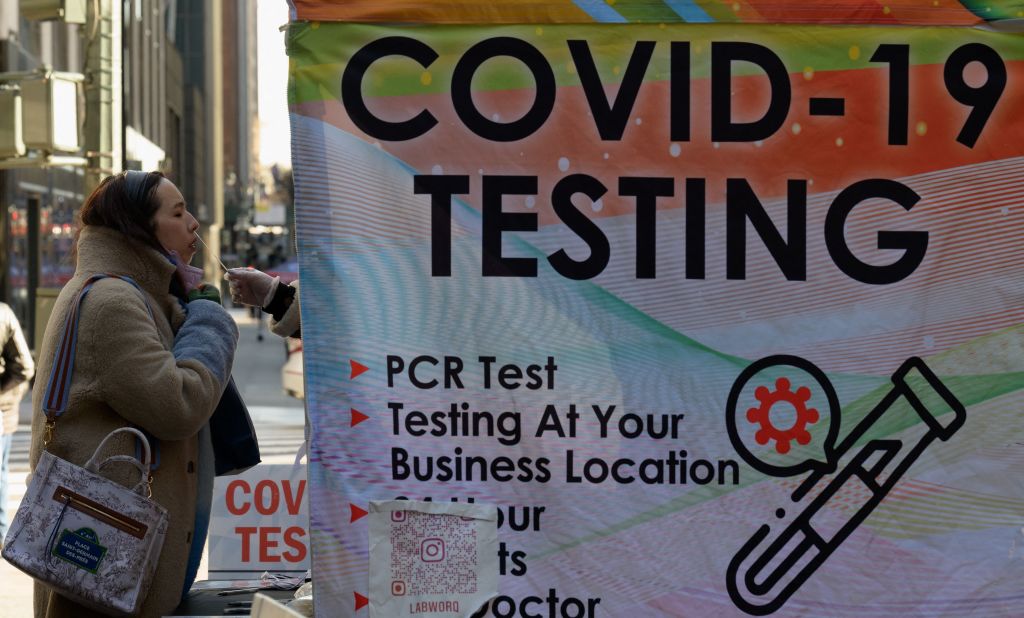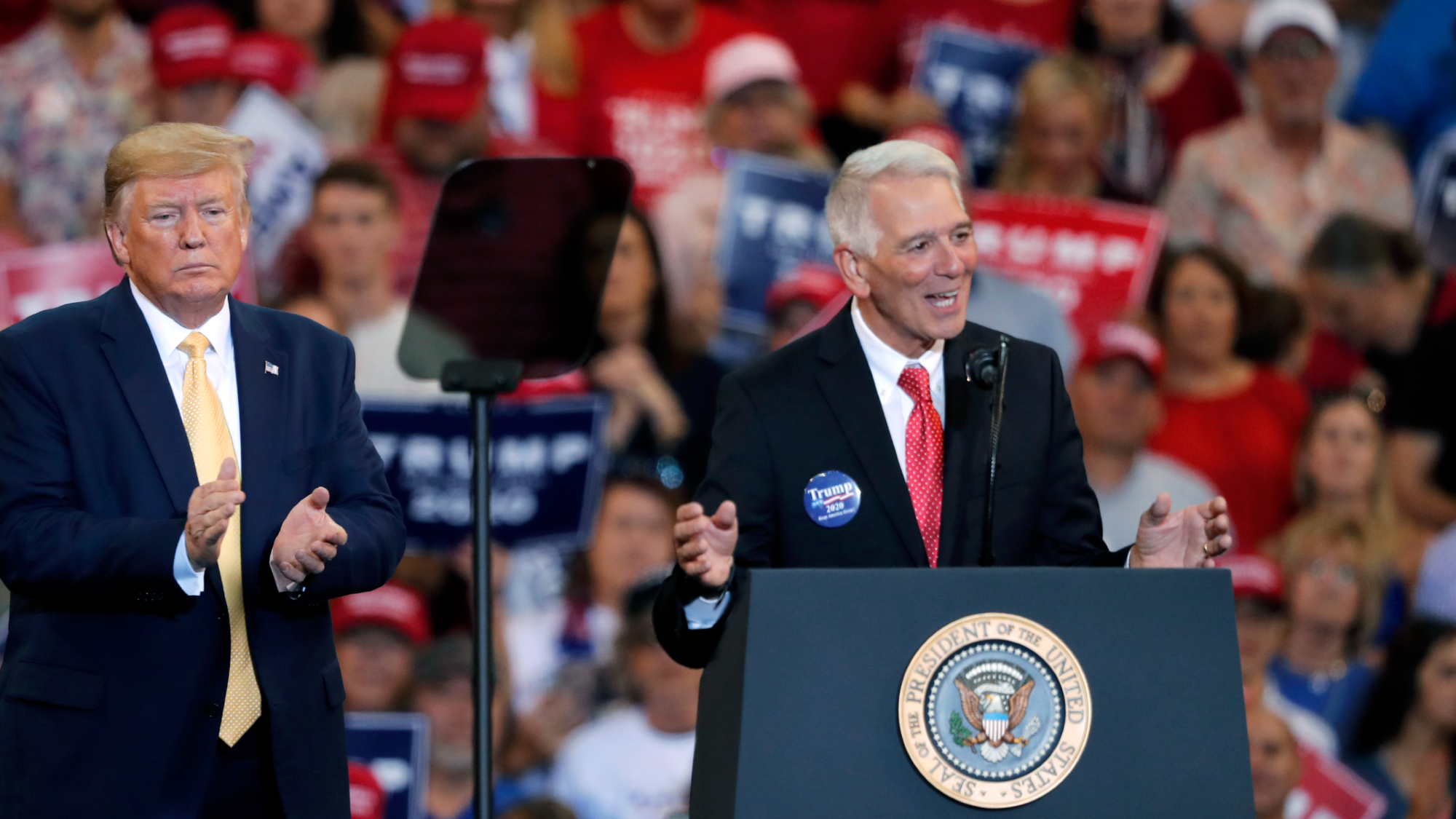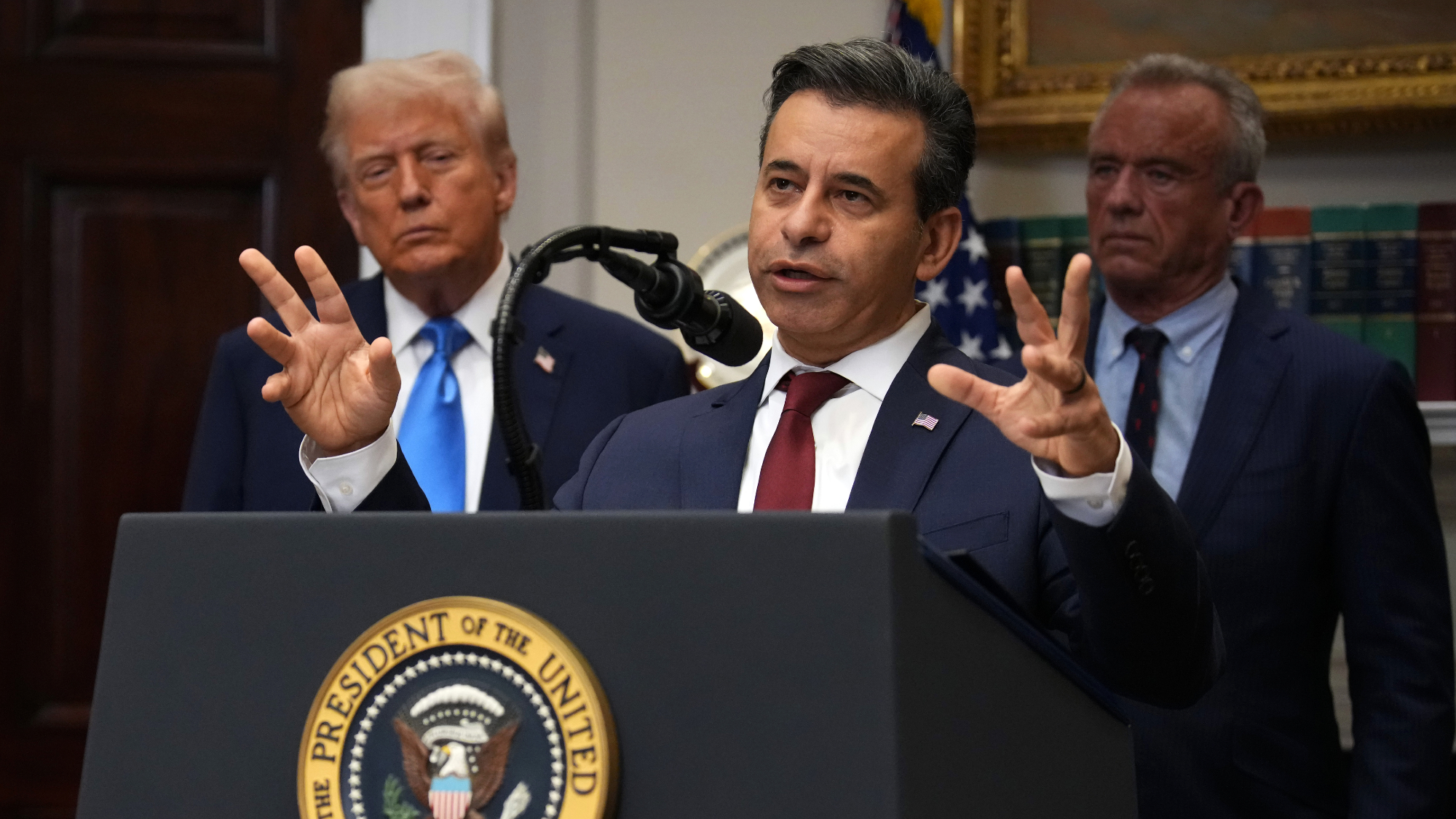Why Omicron has made soaring COVID-19 case numbers less relevant


The number of new COVID-19 cases reported in the U.S. has tripled over the past two weeks, to a record-smashing average of 480,000 new infections a day, as the super-transmissible Omicron variant continues spreading around the country. The undulating infection numbers "have been one of the most closely watched barometers during the outbreak," The Associated Press reports. But in this Omicron wave, "the value of the daily case count is being called into question as never before."
With the unusually large share of asymptomatic Omicron infections or mild cases, "it is much more relevant to focus on the hospitalizations as opposed to the total number of cases," Dr. Anthony Fauci told ABC News on Sunday. "Hospitalizations are where the rubber meets the road," U.C. Irvine public health professor Andrew Noymer told AP. "It's a more objective measure," and "if I had to choose one metric, I would choose the hospitalization data."
Hospital admissions have risen to an average of 14,800 a day, up 63 percent from last week but lower than the peak of 16,500 a year ago, and fewer of the new patients are getting seriously ill, AP notes. "Deaths have been stable over the past two weeks at an average of about 1,200 per day, well below the all-time high of 3,400 last January."
The Week
Escape your echo chamber. Get the facts behind the news, plus analysis from multiple perspectives.

Sign up for The Week's Free Newsletters
From our morning news briefing to a weekly Good News Newsletter, get the best of The Week delivered directly to your inbox.
From our morning news briefing to a weekly Good News Newsletter, get the best of The Week delivered directly to your inbox.
Case numbers always had their drawbacks — they mostly count the number of lab tests that come back positive, not at-home results, and this recent uptick in cases is probably tied to the surge of people rushing to get tested before the holidays. Hospital admission numbers have their flaws, too.
But as the pandemic enters its third year, we should be "shifting our focus, especially in an era of vaccination, to really focus on preventing illness, disability, and death, and therefore counting those," Dr. Wafaa El-Sadr at Columbia's ICAP global heath center tells AP.
"Though it's still early for firm predictions, the shift in hospital patterns fits with emerging data that Omicron may be a variant with inherently milder effects than those that have come before," The New York Times reports. "But the lower proportion of severe cases is also happening because, compared with previous variants, Omicron is infecting more people who have some prior immunity, whether through prior infection or vaccination."
And that means vaccination numbers are another important metric to watch now, as Financial Times data journalist John Burn-Murdoch shows.
A free daily email with the biggest news stories of the day – and the best features from TheWeek.com
Peter has worked as a news and culture writer and editor at The Week since the site's launch in 2008. He covers politics, world affairs, religion and cultural currents. His journalism career began as a copy editor at a financial newswire and has included editorial positions at The New York Times Magazine, Facts on File, and Oregon State University.
-
 San Francisco tackles affordability problems with free child care
San Francisco tackles affordability problems with free child careThe Explainer The free child care will be offered to thousands of families in the city
-
 How realistic is the Democratic plan to retake the Senate this year?
How realistic is the Democratic plan to retake the Senate this year?TODAY’S BIG QUESTION Schumer is growing bullish on his party’s odds in November — is it typical partisan optimism, or something more?
-
 Taxes: It’s California vs. the billionaires
Taxes: It’s California vs. the billionairesFeature Larry Page and Peter Thiel may take their wealth elsewhere
-
 Trump HHS slashes advised child vaccinations
Trump HHS slashes advised child vaccinationsSpeed Read In a widely condemned move, the CDC will now recommend that children get vaccinated against 11 communicable diseases, not 17
-
 A fentanyl vaccine may be on the horizon
A fentanyl vaccine may be on the horizonUnder the radar Taking a serious jab at the opioid epidemic
-
 Health: Will Kennedy dismantle U.S. immunization policy?
Health: Will Kennedy dismantle U.S. immunization policy?Feature ‘America’s vaccine playbook is being rewritten by people who don’t believe in them’
-
 How dangerous is the ‘K’ strain super-flu?
How dangerous is the ‘K’ strain super-flu?The Explainer Surge in cases of new variant H3N2 flu in UK and around the world
-
 Vaccine critic quietly named CDC’s No. 2 official
Vaccine critic quietly named CDC’s No. 2 officialSpeed Read Dr. Ralph Abraham joins another prominent vaccine critic, HHS Secretary Robert F. Kennedy Jr.
-
 This flu season could be worse than usual
This flu season could be worse than usualIn the spotlight A new subvariant is infecting several countries
-
 FDA OKs generic abortion pill, riling the right
FDA OKs generic abortion pill, riling the rightSpeed Read The drug in question is a generic version of mifepristone, used to carry out two-thirds of US abortions
-
 Why are autism rates increasing?
Why are autism rates increasing?The Explainer Medical experts condemn Trump administration’s claim that paracetamol during pregnancy is linked to rising rates of neurodevelopmental disorder in US and UK
